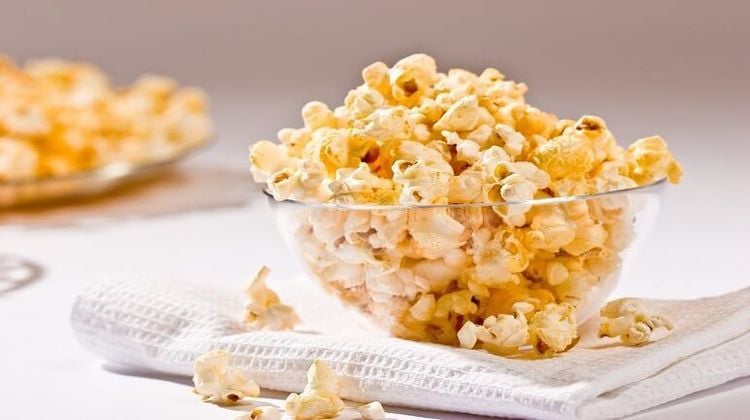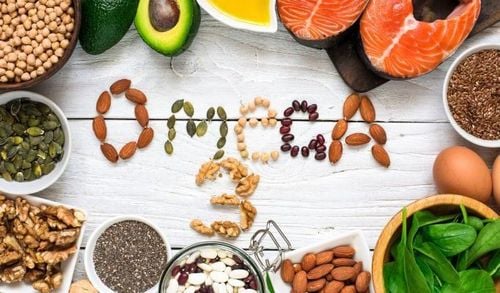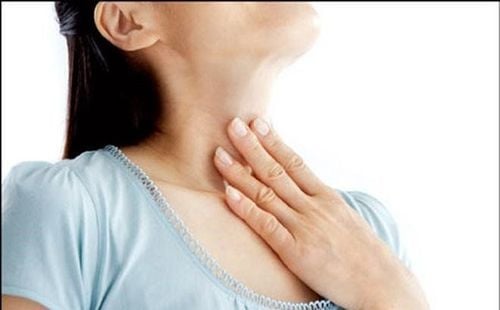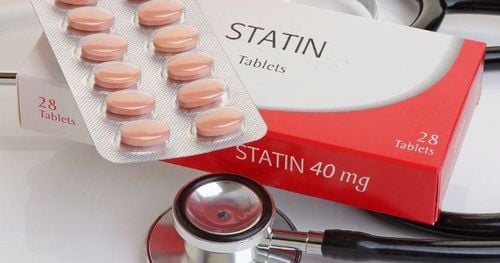This is an automatically translated article.
Trans fat or trans fat is a form of unsaturated fat. Studies have shown that trans fat consumption is associated with metabolic cardiovascular diseases, infections, and LDL cholesterol. Understanding what causes these health problems will be very helpful in the treatment and prevention of disease. However, it is important to know first, where does trans fat hide when entering the body?1. Trans Fats
Trans Fats or trans fatty acids are a form of unsaturated fats, which are the product of the addition of hydrogen to liquid vegetable oils to make them more solid. Another name for trans fat in its artificial form is partially hydrated oil.There are two forms of trans fats, natural and man-made.
Natural or animal trans fats found in the meat and milk of ruminants, such as cattle, sheep and goats. They form naturally when bacteria in the stomachs of these animals digest the grass. These typically consist of 2–6% fat in dairy products and 3–9% fat in cuts of beef and lamb, just 2% in chicken and pork. Some reviews have concluded that moderate amounts of these fats are not harmful. The best known ruminant trans fat is conjugated linoleic acid (CLA), found in milk fat. Artificial trans fats are not necessary for the body and also have bad effects on health. Trans fats increase levels of LDL cholesterol and decrease levels of HDL cholesterol. This will increase the risk of metabolic heart disease, stroke and type 2 diabetes. The World Health Organization (WHO) estimates that trans fats are linked to 500,000 cardiovascular deaths each year. This type of fat is now gaining popularity as food companies find it easy to use and cheap. They also have a long shelf life and can give foods a delicious flavor. This type of fat is now very common in fast food chains and other restaurants. However, the World Health Organization has called on governments to remove trans fats from the food supply worldwide. As a result, most food companies have now removed trans fats from their products.
Currently artificial sources of trans fats include:
Fried foods: such as potatoes, fried sweet potatoes Cakes such as; Donuts, baked goods, cakes, cookies and even pizza dough Sticks to margarine and short foods Packaged foods Fast food If any of the ingredient lists on the food packaging says “oil” “partially hydrated”, which means that the product contains trans fats.
2. Where does trans fat hide?
The FDA's trans fat ban went into effect on June 18, 2018, but a small number of products containing trans fats are still in circulation. Foods with less than 0.5 grams of trans fat per serving are labeled as having 0 grams of trans fat.Therefore, while food companies are reducing the trans fat content of their products, some foods still contain artificial trans fats. To reduce your intake, it is best to read the ingredients carefully and limit your consumption of the products listed below.
2.1. Popcorn Popcorn is a popular healthy snack that is itself high in fiber and low in fat and calories. However, some types of microwaved popcorn contain trans fats.

Một số loại bỏng ngô nướng bằng lò vi sóng có chứa chất béo chuyển hóa
Margarine bars have 2.8 grams of trans fat per tablespoon and 2.1 grams of saturated fat. Margarine tubes have 0.6 grams of trans fat per tablespoon and 1.2 grams of saturated fat. Avocados have 0.3 grams of trans fat per tablespoon and 7.2 grams of saturated fat. Two studies that analyzed vegetable oils including rapeseed, soybean and corn, showed that 0.4–4.2 percent of total fat was trans fat. To reduce your consumption of margarine and vegetable oils, avoid products that contain partially hydrogenated oils or choose healthier oils like extra virgin olive oil or coconut oil.
2.3. Fast food Fast foods such as fried chicken, fried fish balls, burgers, fries and fried noodles, all contain many metabolites.
The trans fats in these foods can come from a number of sources.
First, restaurants and chain stores often fry foods in vegetable oil, which can contain trans fats that leach into the food. Furthermore, the high heat used during frying can slightly increase the trans fat content of the oil. As a result, it's difficult to avoid trans fats from fried foods, so it's better to limit your intake of fried foods altogether.

Thức ăn nhanh chẳng hạn như gà rán, cá viên chiên, bánh mì kẹp thịt, khoai tây chiên và mì xào, đều có chứa nhiều chất chuyển hóa
Today, manufacturers have reduced trans fat in margarine, so the total amount of trans fat in baked goods has also decreased. However, not all baked goods are trans fat-free. To ensure health, it is best to prepare your own baked goods at home to be able to control the ingredients.
2.5. Non-dairy coffee Milk-free coffee powder, or coffee whitener, is used as a substitute for milk and cream in coffee, tea and other hot beverages.
The main ingredients in most non-dairy coffees are sugar and oil. Traditionally, most non-dairy creamers were made from partially hydrogenated oils to increase shelf life and give the cream a creamy consistency. However, many brands have gradually reduced their trans fat content in recent years.
2.6. Breakfast Cereals Breakfast cereals and energy bars are processed products that contain trans fats. Whole-wheat toast, bagels, and many low-fat cereals. Cereals with nuts contain fat, but it's healthy fat.
2.7. Other Sources Trans fats can also be found in small amounts in many other foods, including:
Potatoes and fried corn: Although most potato and corn chips currently do not have trans fat. , but not all, as some brands still have trans fats in the form of partially hydrogenated oils. Meatloaf and sausage rolls: Some still have trans fat in the crust. That's due to the presence of partially hydrogenated oils, creating a soft, flaky crust. You can find this ingredient on the label. Pizza: Trans fats can be found in some brands of pizza dough because the oil has been partially hydrogenated. Look out for this ingredient, especially in frozen pizza. Cake coating: mainly made up of sugar, water and oil. Since some brands still contain partially hydrogenated oils, it's important that you read the ingredients list even if the label says 0 grams trans fat. Crackers: Although the amount of trans fat in crackers was reduced by 80% between 2007 and 2011. However, some brands still contain trans fat.

Một số nhãn hiệu bánh quy có chứa chất béo chuyển hóa
Please dial HOTLINE for more information or register for an appointment HERE. Download MyVinmec app to make appointments faster and to manage your bookings easily.
Reference source: webmd.com - medicalnewstoday.com - healthline.com












